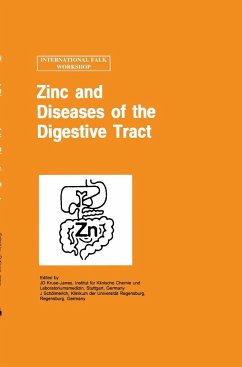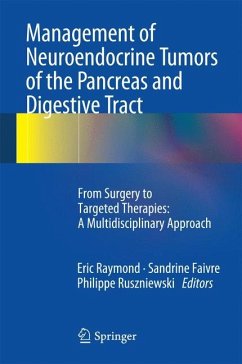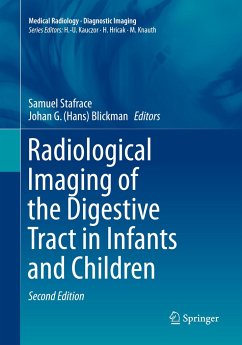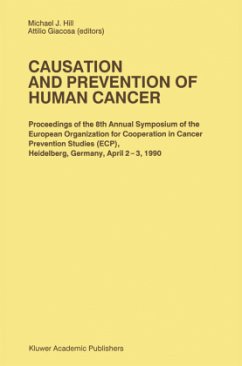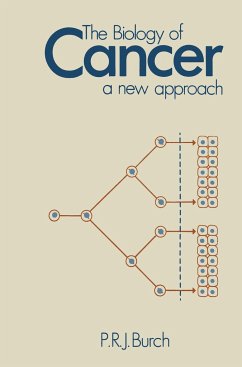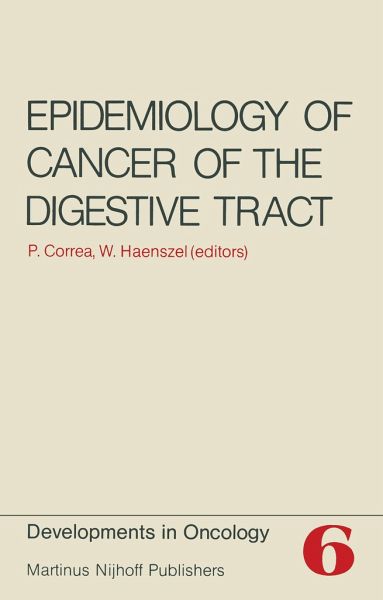
Epidemiology of Cancer of the Digestive Tract

PAYBACK Punkte
20 °P sammeln!
The digestive organs are the most frequent site of cancer in the world, accounting for approximately 30% of all malignant tumors. This prominent position has been present for many decades in spite of marked shifts in the freq uency of cancer of specific organs. The most remarkable shift has been the decrease in gastric cancer rates occurring concomitantly with an increase in colon cancer rates in most 'western' industrialized societies. Important exceptions to this rule, as well as other epidemiologic evidence, indicate that the opposite trends for gastric and colon cancers are not inevitable ...
The digestive organs are the most frequent site of cancer in the world, accounting for approximately 30% of all malignant tumors. This prominent position has been present for many decades in spite of marked shifts in the freq uency of cancer of specific organs. The most remarkable shift has been the decrease in gastric cancer rates occurring concomitantly with an increase in colon cancer rates in most 'western' industrialized societies. Important exceptions to this rule, as well as other epidemiologic evidence, indicate that the opposite trends for gastric and colon cancers are not inevitable consequences of each other. Although genetic ally determined precancerous syndromes are well recognized, it is generally agreed that environmental factors play an overriding role in digestive cancer causation. The most obvious environmental factors seem to be the result of what we eat, drink, or smoke. Although the nutritional component of the diet is of unquestionable importance, the nonnutrient elements in our diet have also proven to be influential causative factors. Several studies have focused on the microenvironment at the level of the mucosa or the digestive organs as a micro cosmos where forces promoting and inhibiting carcinogenesis are operating for a prolonged period of time. Their interaction eventually determines the presence or absence of a malignant tumor. Our understanding of such modulating forces, hopefully, will someday allow us to modify the microenvironment in a favorable way and attain the goal of cancer prevention.




